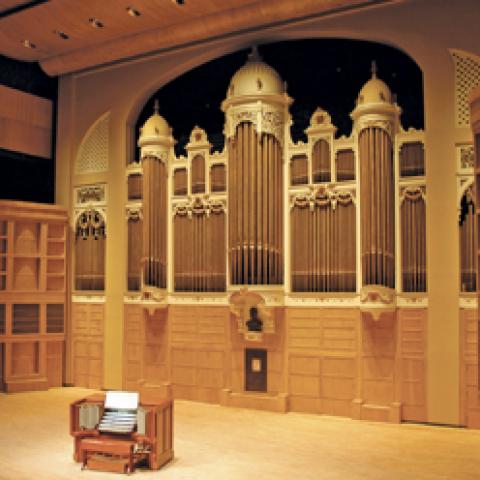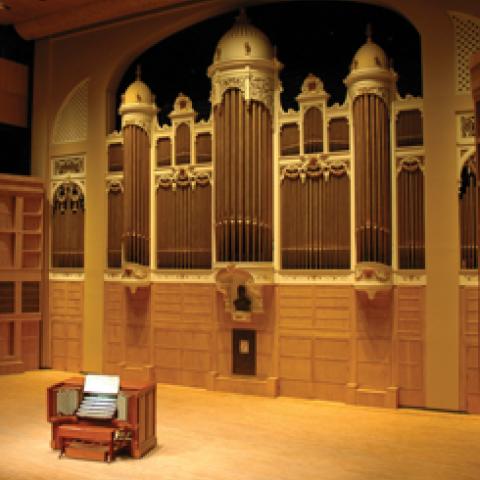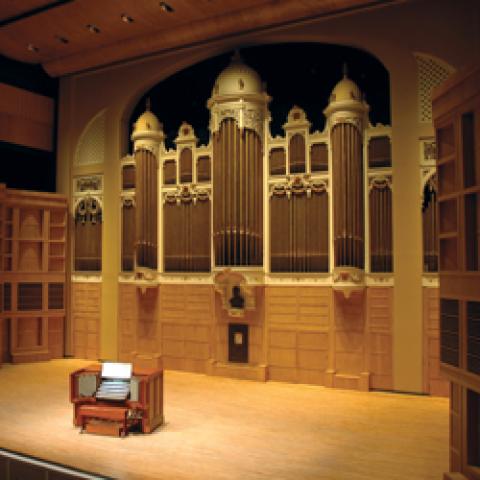
Friends of the Kotzschmar Organ announce the Kotzschmar Centennial Celebration 2011–12 season:
October 28, Scott Foppiano, Phantom of the Opera silent film;
November 6, Choral Art Society Masterworks Chorus;
December 20, Christmas with Cornils, including Festival Brass, Parish Ringers, Choral Art Camerata, and Aaron Engebreth;
Februry 12, Kids, Kartoons & Kotzschmar family concert with Rob Richards and Christina Siravo;
March 20, Joan Lippincott, Bach Birthday Bash;
May 6 and 8, Portland Symphony Orchestra;
May 22, Meet the King of Instruments;
June 19, scholarship recipient concert;
August 17–22, Kotzschmar Centennial Festival—concerts, masterclasses, workshops, tours, with Tom Trenney, Walt Strony, Dave Wickerham, Frederick Swann, John Weaver, Felix Hell, Thomas Heywood, Fred Hohman, Ray Cornils, Peter Richard Conte, and Festival Brass.
For information: www.foko.org.






